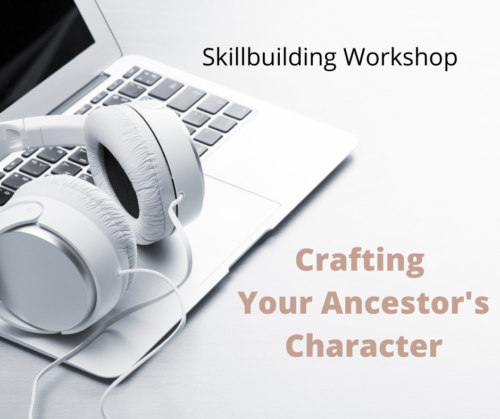A story is about someone who…
2 thought on “A story is about someone who…”
Comments are closed.
Related Post
How to Identify Your Ancestor’s CharacterHow to Identify Your Ancestor’s Character
Character development is an important step in bringing your ancestor to the page. But unfortunately, few writers take the time to fully flesh out their ancestor’s character before they write their story. This leaves the reader with a flat and unremarkable character. If you want to write about real people, then it’s critical we do the work of character development. Today’s video offers some initial first steps in the process.

My ancestors story is about a woman who grew up under the care of parents who lived during the aftermath of Culloden. Her parents were displaced from their traditional lands. Perhaps she passed their attitudes on to her own children in the form of a strong desire for secure place in society. She succeeded, but in doing so lost all her children to immigration.
Primroses for Toppy is a story about John who survived WW2 in Burma as a very young man, returned to England exhausted, ill and battling with PTSD. He was inspired and given a reason to live through giving a young WRAF woman, who was hitching, a lift to her home. He then struggled to keep the barely surviving family farm productive through the post-war period under the interfering eye of his Uncle who disapproved of all John’s ‘new farming ideas’. The next obstacle was shortages of materials, that he desperately needed, to renovate an old mill cottage on the farm as a home for the love of his life. This goal he achieved, with the help of P.O.W’s, and they did marry.
Captivated by a cine about Kenya was the climax, the turning point in his life, where he decided the only way for his life to move forward was to leave for this exotic country and to purchase his own farm so as to be independent of family ties. This came at a cost. He needed his parents’ approval and financial help. The farm was sold, his parents moved to live between their other 3 children’s homes. John and his beloved wife Toppy, with their 18-month-old daughter Paula set sail to immigrate to East Africa, wondering whether they’d ever see their families again.